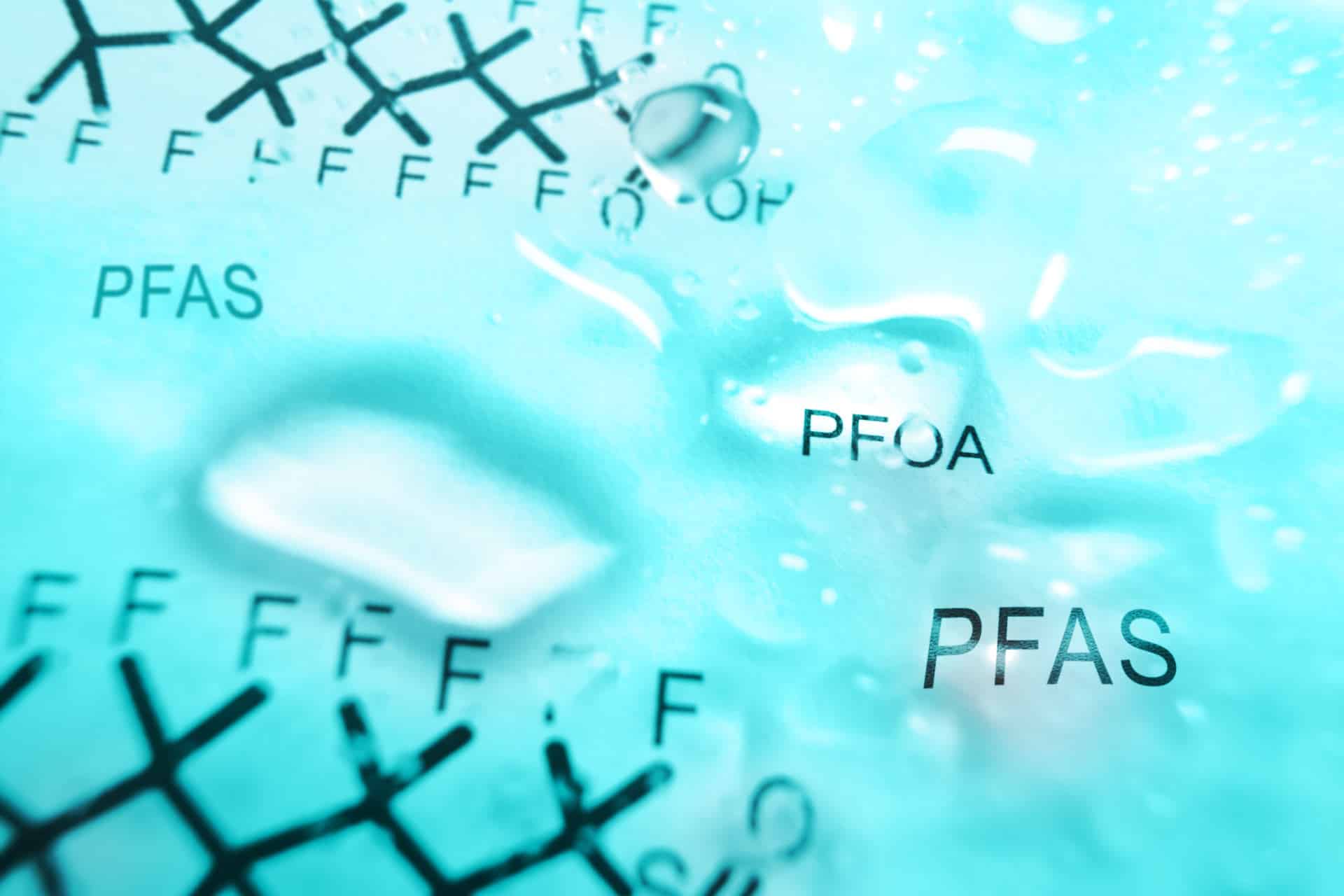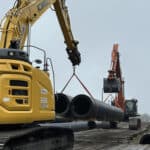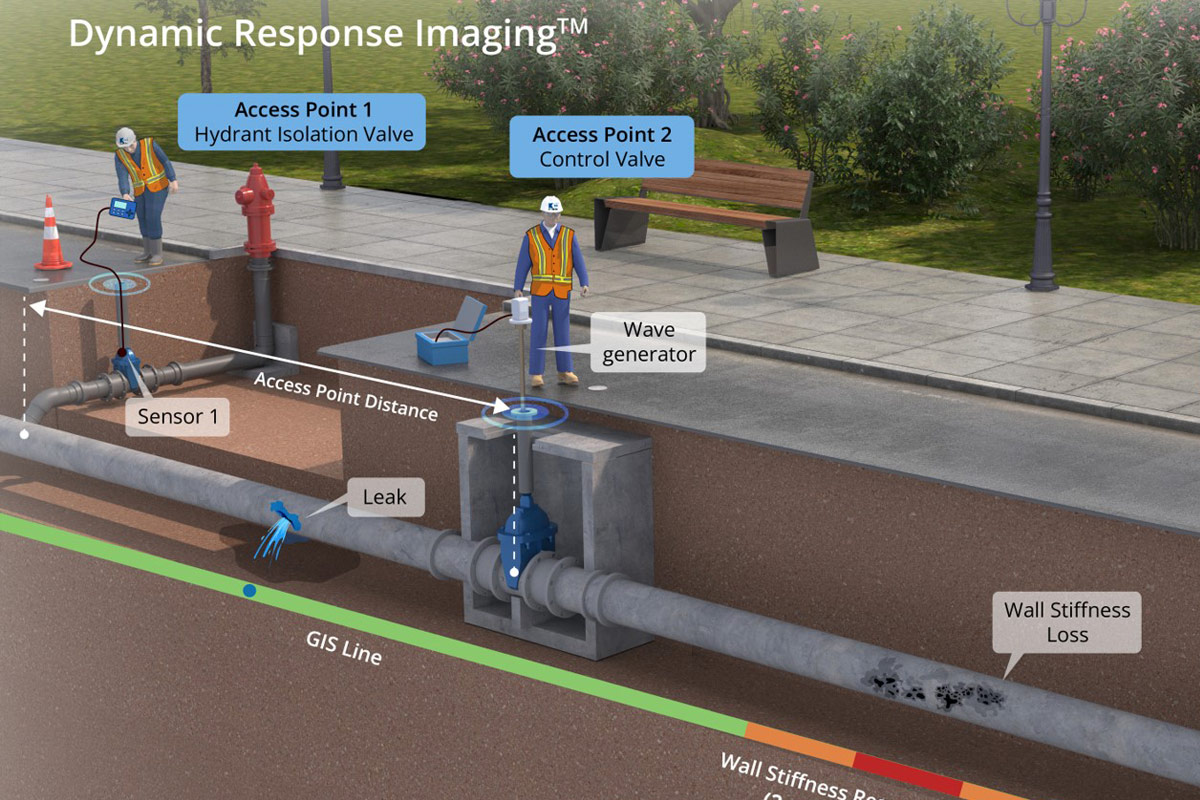
Last Word – EPA PFAS Ruling and its Impact on the Trenchless Technology Industry
The Environmental Protection Agency’s recent ruling on PFAS (per- and polyfluoroalkyl substances) represents one of the most consequential regulatory shifts we have seen in decades. For those of us working in water and trenchless technology, this is not some distant policy debate — it is a practical reality that will shape how we design, specify, and execute projects moving forward.
PFAS, often called “forever chemicals” due to their persistence in the environment, have been linked to a range of health issues. With enforceable drinking water standards now in place, utilities and contractors alike must confront a new compliance landscape.
For trenchless professionals, this means both challenges and opportunities. We are going to see a surge in rehabilitation work, but also heightened scrutiny on materials, processes, and disposal practices. The firms that adapt quickly and position themselves as proactive, knowledgeable partners will thrive in this new environment.
The Regulatory Shift
EPA’s final rule establishes maximum contaminant levels (MCLs) for PFOA and PFOS, and expands regulatory oversight across multiple PFAS compounds. These are now designated as hazardous under CERCLA, which adds liability and cleanup implications. Utilities must test, monitor, and comply within strict timelines. While there are lawsuits and political debates around the rule, the direction of travel is clear: PFAS are no longer tolerated in drinking water systems, and every stakeholder in the water supply chain must respond accordingly.
What It Means for Trenchless
Trenchless technology sits at the intersection of two critical needs: maintaining and upgrading buried infrastructure while minimizing environmental impact. With PFAS under a regulatory microscope, several implications become obvious:
Increased Demand for Rehabilitation
Utilities will be under pressure to eliminate pathways for PFAS contamination. That means isolating and rehabilitating aging pipes quickly and cost-effectively. Trenchless methods — cured-in-place lining, sliplining, pull-in-place solutions — will become the go-to options because they avoid open-cut disruption and deliver fast results.
Scrutiny on Materials
Owners and engineers will demand assurances that trenchless products themselves are PFAS-free. This is not theoretical — specifications are already beginning to call for chemical declarations and third-party certification. Products that cannot meet these requirements will find themselves sidelined.
Waste and Disposal Complexity
Byproducts of trenchless work — resin waste, cuttings, bypass water, or dewatering effluent — will fall under new disposal restrictions if PFAS contamination is suspected. Contractors will have to budget for additional testing, handling, and disposal costs.
Liability and Contract Shifts
With PFAS officially recognized as hazardous, contracts will evolve to push risk downstream. Contractors and suppliers should expect owners to include PFAS-related indemnification clauses and to require proof of material compliance.
A Proactive and Proven Solution
This is where preparation and foresight matter. Long before the EPA finalized its rule, Primus Line took proactive steps to ensure our technology met the highest standards of safety. We submitted our product line to NSF laboratories for direct testing and certification. The results confirmed that Primus Line is PFAS-free.
This distinction matters.
In a regulatory climate where every material is under scrutiny, the ability to show third-party verification that your product is free of the very chemicals regulators are targeting is a competitive advantage. It gives owners confidence, it simplifies compliance, and it future-proofs projects against evolving environmental standards.
Opportunity for Leadership
Rather than viewing the PFAS ruling solely as a burden, our industry should see it as an opportunity to lead. Utilities are desperate for solutions they can trust. Engineers are seeking partners who bring not just products, but answers. Regulators want to see industry alignment, not resistance.
Trenchless professionals who embrace this shift — by auditing supply chains, training crews, updating specifications, and certifying their products — will not only win more work, they will strengthen the reputation of trenchless technology as the environmentally responsible choice for infrastructure renewal.
Our proactive NSF certification and PFAS-free product line prove that trenchless technology can be both high-performance and fully aligned with the public’s demand for safe, clean water.
Conclusion
The EPA’s PFAS ruling is a watershed moment. It changes how we think about infrastructure rehabilitation, about materials, and about accountability in the water sector. But it also validates what many of us in the trenchless industry have known for years: that innovation and responsibility can go hand in hand.
For utilities facing new compliance burdens, the message is clear: choose solutions that are proven, tested, and PFAS-free. For contractors and engineers, the path forward is equally clear: align with suppliers who have anticipated the market’s needs and can provide documented assurance.
PFAS may be “forever chemicals,” but they don’t have to forever burden our infrastructure. With trenchless solutions like Primus Line, we can meet the regulatory moment, protect our water, and lead the industry into its next phase of growth.
John Moody is director of sales, North America at Primus Line Inc.
Latest Posts
- BGE’s ’50 for 50′ Community Service Initiative Delivers Lasting Impact
- Garney Breaks Ground on Tampa Bay Water’s Largest Pipe Project to Date
- Publisher’s Message – Recognizing the Firms Shaping the Future of Trenchless Engineering
- City of Baltimore Extends the Life of a 93-Year-Old Water Main
- HDDA Becoming the Voice of the HDD Industry
Next Up
HDD Academy | February 19-20, 2026 | Scottsdale, Arizona | Learn more










